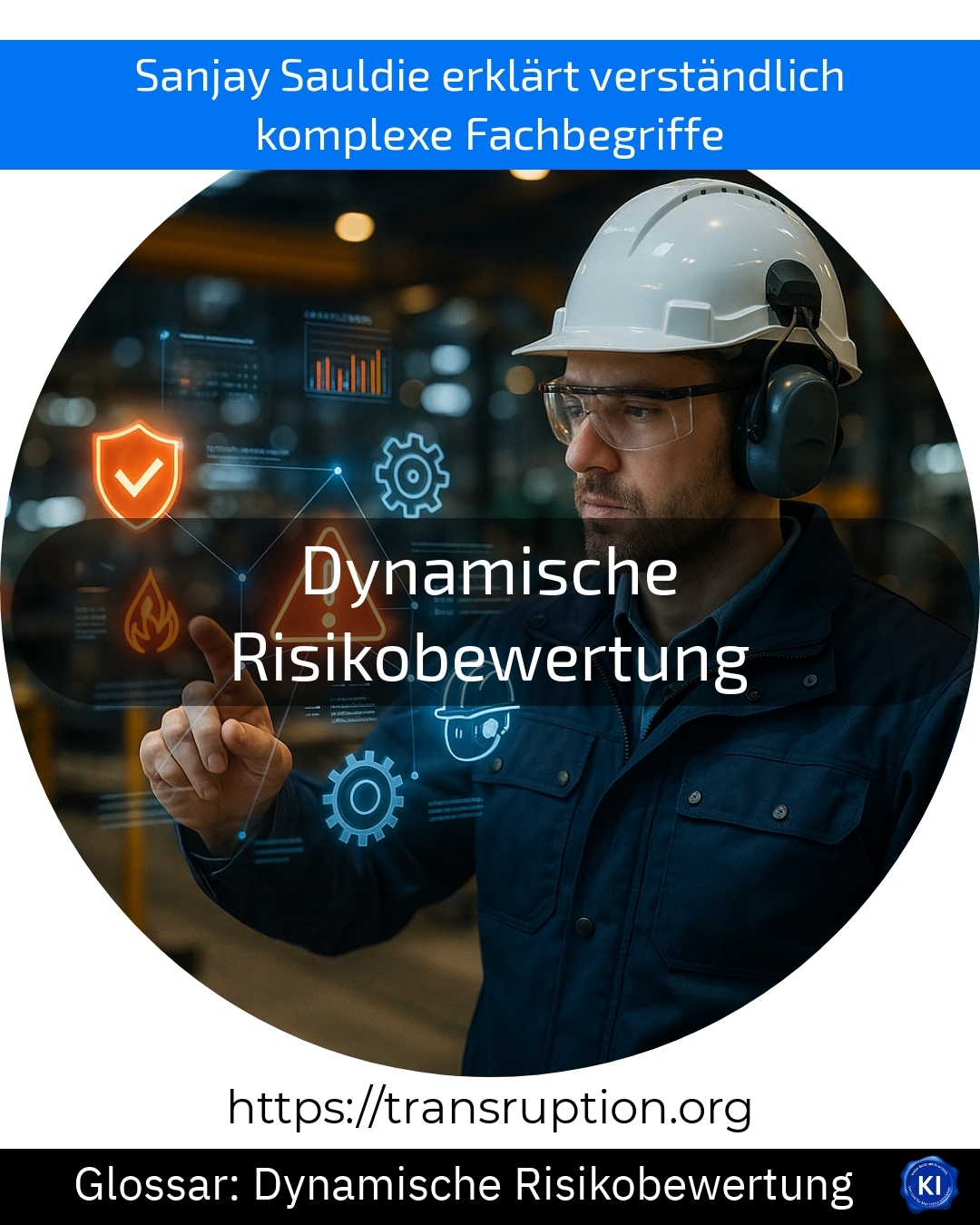The term dynamic risk assessment is at home in the fields of cybercrime and cybersecurity, Industry and Factory 4.0 and artificial intelligence. It describes a modern method in which risks are not only assessed once, but constantly and in real time. This allows new threats to be recognised quickly and responded to more effectively.
Traditionally, risks were often assessed once and then rarely reviewed. However, in an increasingly digital world where threats can change rapidly, this is no longer enough. With dynamic risk assessment, data is collected and analysed on an ongoing basis. Systems automatically recognise when the situation changes or new vulnerabilities emerge.
An illustrative example: In a Factory 4.0, where machines are networked with each other, a new software vulnerability may be discovered. Thanks to the dynamic risk assessment, the system recognises this risk immediately and suggests measures - for example, an update or specific protective measures.
For companies, this means greater security and the ability to react more quickly to new cyber threats or technical faults. Dynamic risk assessment is an important building block for protecting modern, digitally networked working environments.















